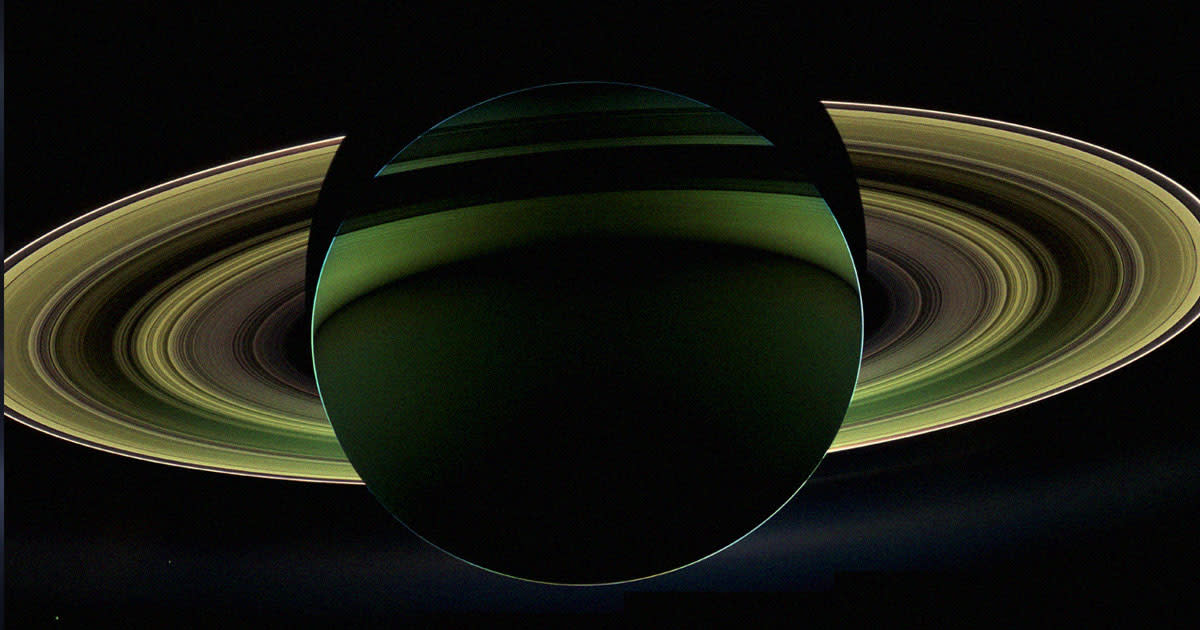Saturn Is Sucking Up Its Rings

Rings of Power
Saturn's innermost rings are steadily disappearing as they're being sucked up into the planet's upper atmosphere — and scientists are still trying to figure out why, Space.com reports, using the mighty James Webb Space Telescope. The planet's icy rings are collapsing into the planet as icy rain, succumbing to its intense gravity. But there's a lot we still don't know about the cosmic vacuuming act. For instance, we have no idea how old the rings are — and it's even possible they're relatively young: some scientists believe Saturn's rings are a mere 100 million years old, meaning that they weren't in the picture while dinosaurs were still roaming the Earth.
Quick Death
Plenty of questions remain, with researchers trying to figure out how long these rings will exist and if they could ever come back. "We’re still trying to figure out exactly how fast they are eroding," said James O’Donoghue, a JAXA researcher who is hoping to track the rings' demise using the Keck telescope in Hawaii and James Webb, in a statement. "Currently, research suggests the rings will only be part of Saturn for another few hundred million years." "This may sound like a long time, but in the history of the universe this is a relatively quick death," he added. "We could be very lucky to be around at a time when the rings exist." To find a more precise answer, O'Donoghue and his team are hoping to make long-term observations to monitor how the trend fluctuates over time.
In and Out
The team suspects the changing Sun's radiation during Saturn's 29.5-year orbit may be influencing how much icy material falls toward the planet's upper atmosphere. "We suspect that when the rings are edge-on with the sun, the ring rain will slow down," O'Donoghue told Space.com. "And that when they are tilted to face the sun, the ring rain influx will increase." It's a fascinating conundrum that has puzzled astronomers for years. "I think it would be fascinating if the life time of the rings was only 100 million years or so and that their age was billions of years," O'Donoghue told Space.com. "Since it means we evolved just in time to see them before they vanished." More on Saturn: Strange Lines Appear in Saturn's Rings

